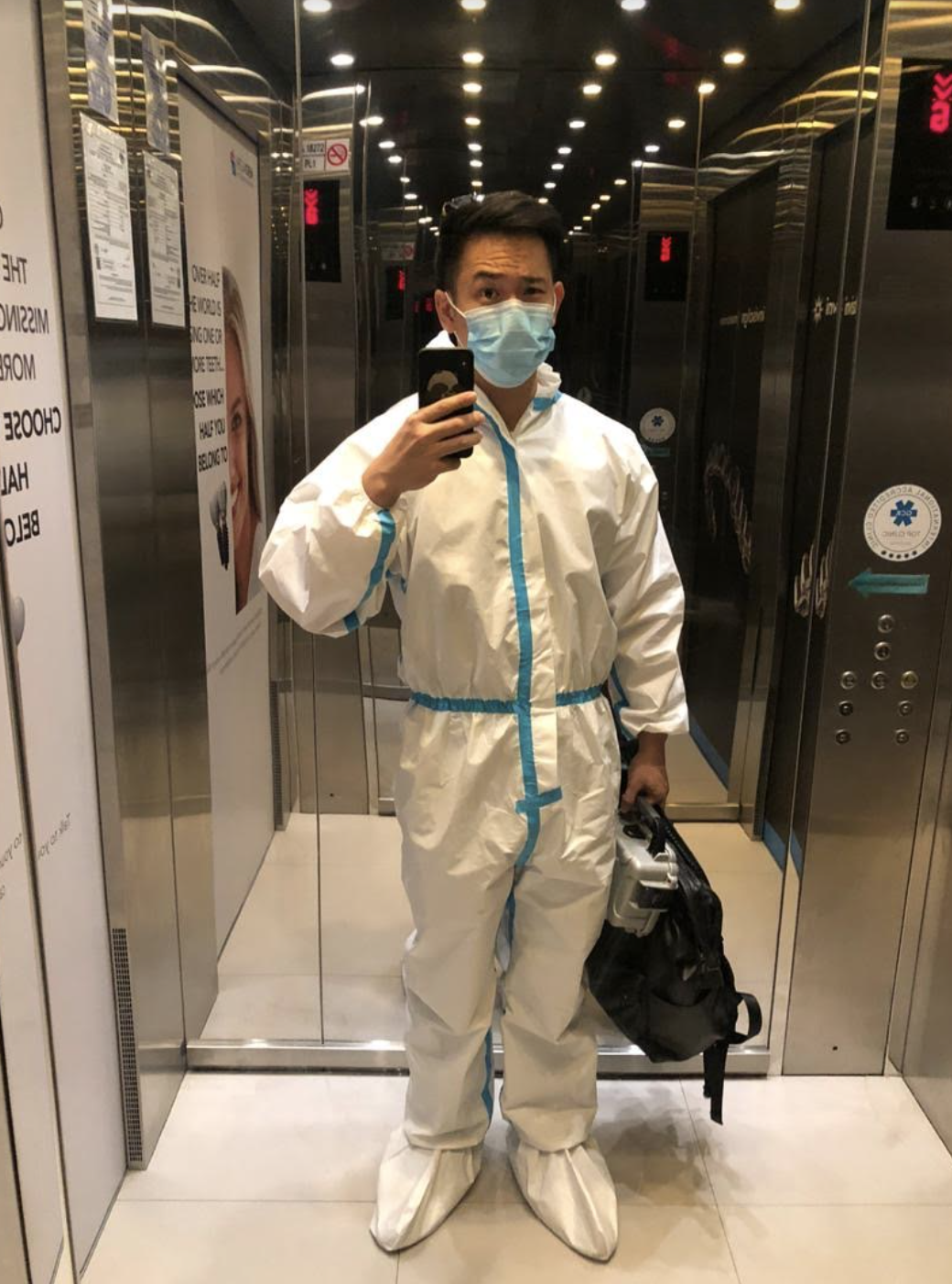Dr. Gao Jye Teh is a Malaysian-based dentist who — like a lot of people — decided to download TikTok during the COVID-19 lockdown earlier this year. "I found myself retaining information I learned from watching TikToks easily because it was often conveyed in short, digestible, and entertaining ways. It got me thinking, ‘What if I could spread dental awareness in this memorable way, too?’ So, I gave it a shot," Dr. Gao told BuzzFeed.
And he has been very successful at doing just that! In his latest TikTok — which went viral with over 6 million views — Dr. Gao demonstrated what the proper amount of toothpaste looks like:
So, how much do you actually need? People over 3 years of age only need the amount of a SINGLE PEA!
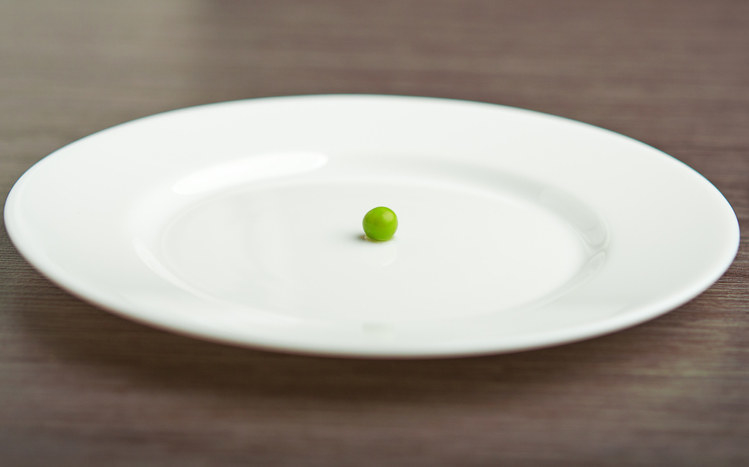
That's right! Although this toothpaste swish is perfection, it is FAR TOO MUCH.
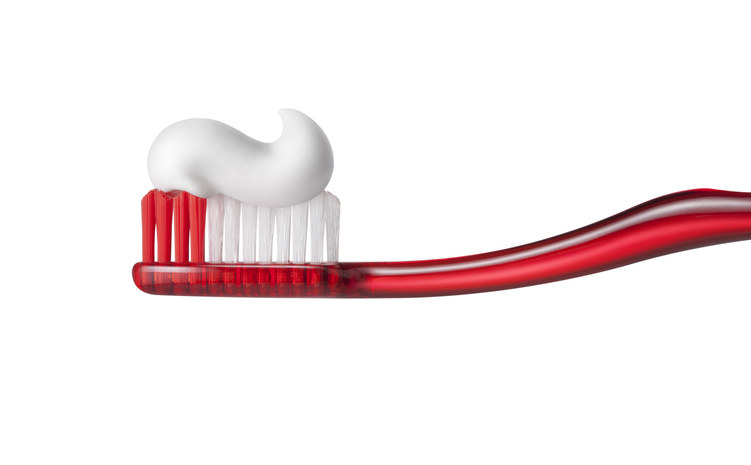
"Kids under age 3 only need a smear of toothpaste. The ‘little’ amount is attributed to the fact that they might have trouble not swallowing the excess fluoride toothpaste," explained Dr. Gao.

Dr. Gao emphasized that using more than the recommended amount of toothpaste is most detrimental to children whose adult teeth are still developing under their gums. "This is because fluoride, when ingested in large amounts, can cause a cosmetic condition known as dental fluorosis on the developing teeth. The cosmetic implications range from mild discoloration to yellow and brown stains to obvious pits in the teeth," he said.
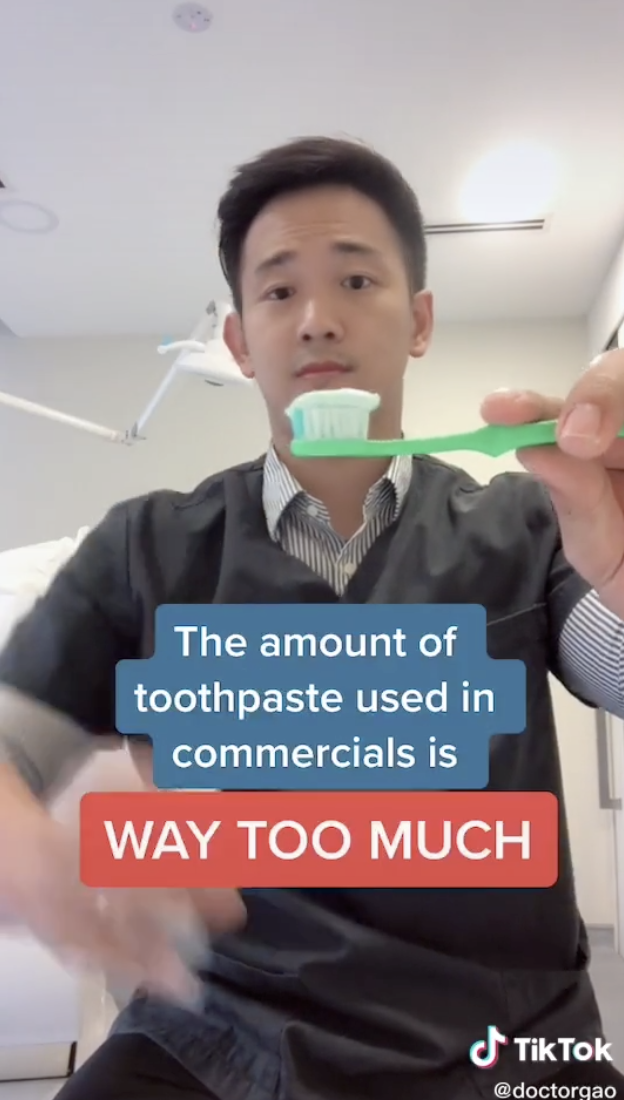
We also asked Dr. Gao if all toothpastes were essentially the same or if there is a certain type he recommends. "Toothpaste is like shampoo. If you think about it as a product to clean your teeth — just as shampoo cleans your hair — then, yes, all toothpaste serves this purpose. However, if you’re looking to treat a specific condition, such as gum disease, then certainly some types of toothpastes are able to do so more than others by virtue of their ingredients," he explained.
We also wanted to know if whitening toothpastes really works. "Whitening toothpaste was historically created to remove tough stains from the teeth of smokers. Over time, more gentle formulations were created and marketed for general use. Depending on the ingredients, some are quite effective at removing tough stains. However, it is important to understand that whitening toothpaste only removes tough stains, which gives the illusion of whiter teeth. There is currently no scientific literature that proves it lightens the shade of teeth, despite claims made by some brands that it does," he said.
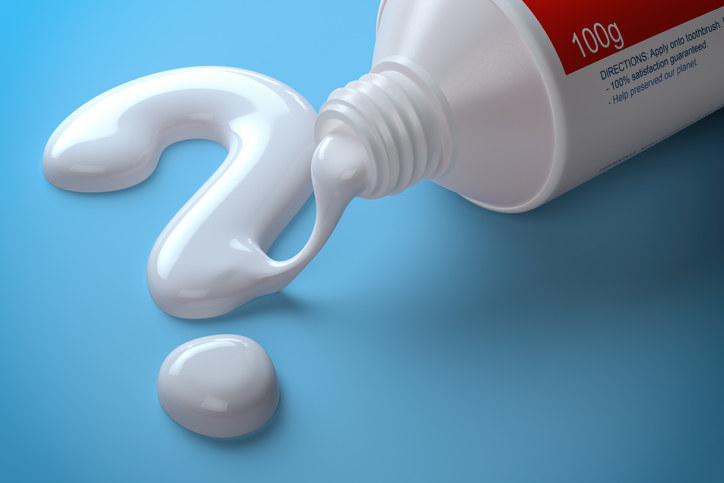
Lastly, Dr. Gao said many people are misguided when it comes to caring for their teeth because they don't see their dental health the same way as they see their overall health. "A good example is how patients view bleeding on different parts of their body. If their eyes were to bleed, many people would go to a hospital immediately. But, if their gums bleed, many people would just shrug it off, when, in actuality, bleeding gums are an early sign of gum disease," he said.
